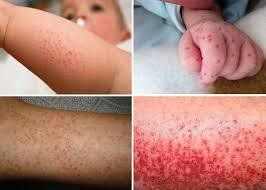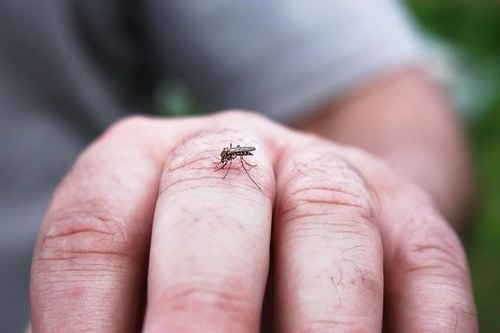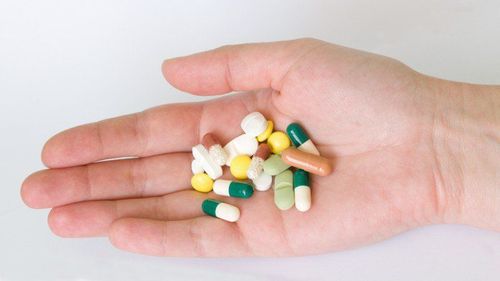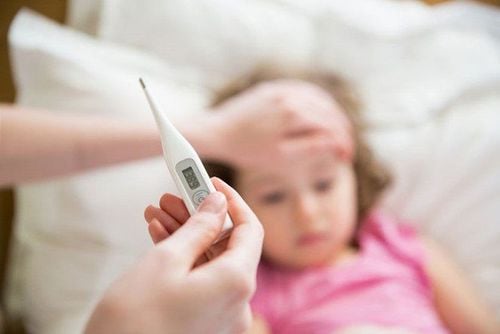The article was professionally consulted by MSc.MD - Head of Examination and Internal Medicine Department, Vinmec Hai Phong International General Hospital.
The incidence of dengue fever is increasingly rising and poses a risk of developing into an outbreak. Therefore, having an accurate understanding of the clinical progression of the disease, especially its most critical stage, helps us implement timely interventions and minimize potential severe complications.
1. Causes of Dengue Fever
Dengue fever is an infectious disease caused by the Dengue virus. There are four types of Dengue virus: DEN-1, DEN-2, DEN-3, and DEN-4. The disease spreads through mosquito bites, specifically by Aedes aegypti mosquitoes, which transmit the virus from an infected person to a healthy individual.
Dengue fever can range from mild symptoms such as high fever and muscle pain to more severe forms, including internal bleeding, shock due to sudden blood pressure drop, and even death.
2. Which Day of Dengue Fever Is the Most Dangerous?
How long dengue fever lasts and which day is the most dangerous are common concerns for all patients. Typically, the disease starts suddenly and lasts for 7–10 days. It is especially important to note that days 3 to 7 mark the most critical phase of the illness, which can be life-threatening. Dengue fever progresses through complex stages, ranging from mild to severe, and typically follows these common stages:
Incubation Stage:
The incubation period lasts 3–14 days, typically 4–7 days after being bitten by an Aedes mosquito carrying the dengue virus. Depending on factors such as age, physical condition, and immunity, the incubation period can vary in length. During this phase, it is challenging to detect the disease, as symptoms are usually absent or very mild.
Fever Stage:The patient experiences a sudden high fever lasting 2–7 days, accompanied by the following clinical symptoms:
- Fatigue, headache
- Pain behind both eyes, joint pain, muscle pain
- Nausea, vomiting, loss of appetite, pain in the epigastric region, and diarrhea
- Subcutaneous bleeding spots, bleeding gums, or nosebleeds.
Danger Stage: Usually occurring from the 3rd to the 7th day of the illness, the patient’s fever reduces or disappears. This often leads to the misconception that the illness has resolved, especially if the fever subsides around the 5th day. However, this is the most critical stage of the disease, and the following symptoms may occur:
- Subcutaneous bleeding: Small scattered bleeding spots may appear on the front of the lower legs, the inner arms, abdomen, thighs, and flanks.
- Mucosal bleeding: Symptoms include nosebleeds, bleeding gums, and blood in the urine. Menstrual periods may become prolonged or occur earlier. In severe cases, internal bleeding may occur, such as in the gastrointestinal tract or brain.
- Plasma leakage: Increased vascular permeability leads to fluid accumulation in the pleural cavity, interstitial tissues, and abdominal cavity, causing skin tension, eyelid swelling, and an enlarged liver. Severe plasma leakage can result in shock, characterized by restlessness, agitation, lethargy, cold extremities, rapid heartbeat, and low blood pressure.
- Organ failure: In severe cases, multi-organ failure may occur, including hepatitis, encephalitis, and myocarditis.
- Subcutaneous bleeding spots often appear on the front of the lower legs, inner arms, abdomen, thighs, and flanks.

Recovery Stage:
- The recovery stage typically occurs 1–2 days after the danger stage and lasts for about 48–72 hours.
- During this stage, the patient’s condition gradually improves. The fever subsides, appetite returns, and urination increases.
- The patient may experience a slow heart rate and changes in the electrocardiogram. It is especially important to note that excessive fluid infusion during this stage can lead to pulmonary edema or heart failure.
3. How to Prevent and Treat Dengue Fever?
There is no specific treatment for dengue fever; the focus is on supportive care, symptom relief, and preventing complications. Treatment measures for dengue fever include:
- Rest
- Fever reduction using Paracetamol. If a child has difficulty swallowing or is vomiting, medications with an orange or strawberry flavor, or a sweet taste, may be preferable.
Avoid the use of aspirin or ibuprofen, as these are non-steroidal anti-inflammatory drugs (NSAIDs) that have blood-thinning effects, which can worsen bleeding.
Rehydration by drinking plenty of water, and oral rehydration salts (ORS).
"Prevention is better than cure." Given the complex progression and the risk of an outbreak like we are seeing now, to reduce the risk of contracting dengue fever for yourself and your family, you should take the following measures:
- Sleep under a mosquito net and use mosquito-repellent oils or creams.
- Use insecticide sprays in the house and surrounding environment.

- Keep the house clean, especially in areas such as under tables and cabinets, to prevent mosquitoes from finding places to shelter.
- Cover water storage containers like jars, pots, and tanks to prevent the breeding of mosquito larvae.
- Avoid letting children play near stagnant water areas, dense vegetation, especially in the early morning or dusk.
- Clear the surrounding bushes around your living area to eliminate mosquitoes and larvae.
Currently, there is no vaccine for dengue fever, so raising public awareness about environmental protection and maintaining cleanliness in living areas to prevent mosquitoes is an effective way to reduce the risk of an outbreak
Please dial HOTLINE for more information or register for an appointment HERE. Download MyVinmec app to make appointments faster and to manage your bookings easily.
Articles compiled from the source: Department of Preventive Medicine - Ministry of Health
To arrange an appointment, please call HOTLINE or make your reservation directly HERE. You may also download the MyVinmec app to schedule appointments faster and manage your reservations more conveniently.








